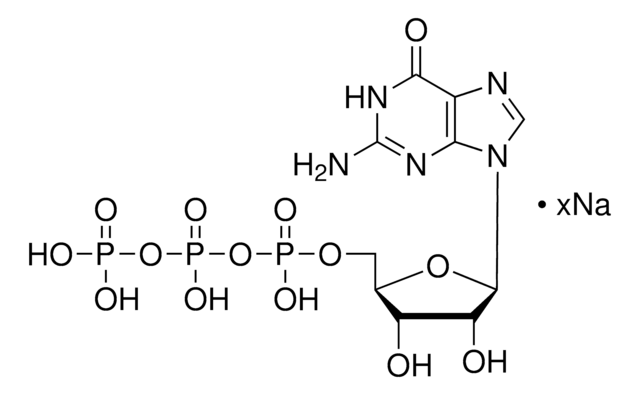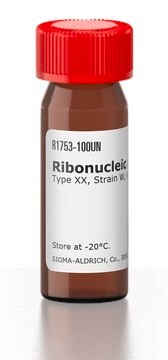추천 제품
Quality Level
분석
≥98.5% (with NaOH, titration)
형태
calcined
(Powder to Crystalline Powder)
저장 조건
protect from light
under inert gas
색상
white to gray
mp
285-287 °C (lit.)
solubility
H2O: ~10 mg/mL, clear, yellow-green
SMILES string
Cl[H].Cl[H].[H]O[H].[H][C@]12Cc3ccc(O)c(O)c3-c4cccc(CCN1C)c24.[H][C@]56Cc7ccc(O)c(O)c7-c8cccc(CCN5C)c68
InChI
1S/2C17H17NO2.2ClH.H2O/c2*1-18-8-7-10-3-2-4-12-15(10)13(18)9-11-5-6-14(19)17(20)16(11)12;;;/h2*2-6,13,19-20H,7-9H2,1H3;2*1H;1H2/t2*13-;;;/m11.../s1
InChI key
CXWQXGNFZLHLHQ-DPFCLETOSA-N
유전자 정보
human ... DRD1(1812) , DRD2(1813) , DRD3(1814) , DRD4(1815) , DRD5(1816)
유사한 제품을 찾으십니까? 방문 제품 비교 안내
애플리케이션
생화학적/생리학적 작용
신호어
Danger
유해 및 위험 성명서
예방조치 성명서
Hazard Classifications
Acute Tox. 3 Oral
Storage Class Code
6.1C - Combustible acute toxic Cat.3 / toxic compounds or compounds which causing chronic effects
WGK
WGK 3
Flash Point (°F)
Not applicable
Flash Point (°C)
Not applicable
개인 보호 장비
dust mask type N95 (US), Eyeshields, Faceshields, Gloves
시험 성적서(COA)
제품의 로트/배치 번호를 입력하여 시험 성적서(COA)을 검색하십시오. 로트 및 배치 번호는 제품 라벨에 있는 ‘로트’ 또는 ‘배치’라는 용어 뒤에서 찾을 수 있습니다.
이미 열람한 고객
자사의 과학자팀은 생명 과학, 재료 과학, 화학 합성, 크로마토그래피, 분석 및 기타 많은 영역을 포함한 모든 과학 분야에 경험이 있습니다..
고객지원팀으로 연락바랍니다.









